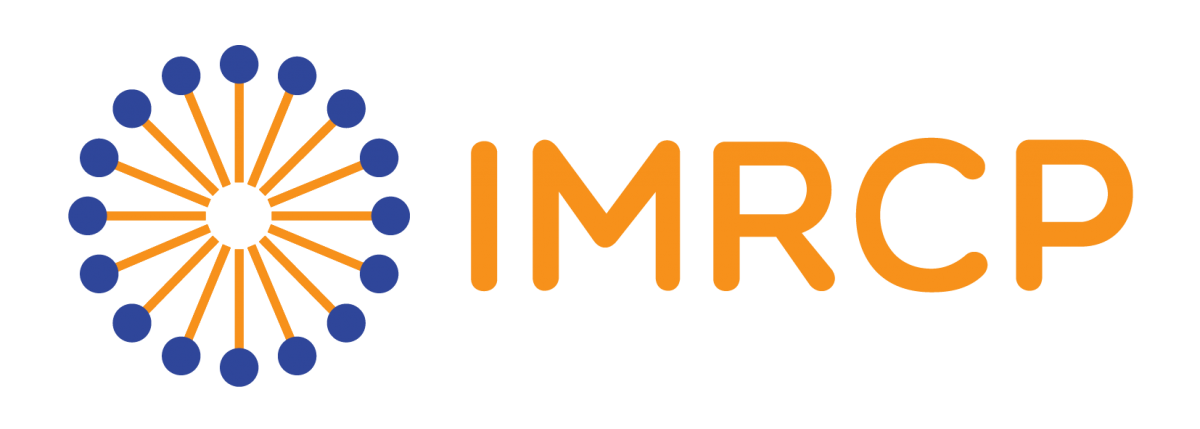Design of gold nanohybrids for the selective labeling of biofilms for µ-CT imaging
NANOSCIENCE

Lab: IMRCP
Duration: 6 months full-time internship
Latest starting date: 01/02/2022
Localisation: IMRCP,
Laboratoire des Interactions Moléculaires et Réactivité Chimique et Photochimique
UMR 5623
Supervisors:
Diana CIUCULESCU-PRADINES ciuculescu-pradines@chimie.ups-tlse.fr
Christophe COUDRET coudret@chimie.ups-tlse.fr
Work package:
Among all ecosystems involving microorganisms, biofilms are now identified as the most ubiquitous. They consist of a collection of microorganisms embedded into an “extracellular matrix”, mainly composed of polysaccharides, proteins and nucleic acids, and attached to a surface. Natural (pebbles, sand grains in marine or freshwater environments) and man-made surfaces (a ship hull, the water distribution system on the International Space Station or bioreactors) can be colonized. Biofilms also develop on and in other living organisms, as commensals in the human microbiota or as a deadly pathogen in plants (Xylella fastidiosa) or in Humans (cystic fibrosis, chronic infections). Our goal is to better understand how biofilms form in complex structures, such as porous media, and the fundamental interactions with the flow of surrounding liquid in heterogeneous systems. Mapping the 3D-architecture of biofilms in opaque structures under flow is of fundamental importance to understanding and controlling their formation in a variety of applications. X-ray computed tomography (µ-CT) imaging can be used to reach this goal but necessitates a biofilm-specific contrast agent based on high-Z (atomic number) elements such as gold. As part of a collaborative project between IMRCP and IMFT, funded by CNRS, the purpose of this internship is to prepare and characterize a hybrid assembly consisting in AuNPs (the contrast agent) and polysaccharide-binding lectins (for the specific interaction with the biofilm) linked together by a polymer ligand hosting suitable functions for protein covalent attachment and AuNPs binding (Figure 1). The work involves the preparation of the AuNPs and the functionalization of a commercial polymer (by gold specific ligands then proteins). The functionalized AuNPs will then be tested on Pseudomonas aeruginosa biofilms and imaged using X-ray computed microtomography by our physicist collaborators at the Institute of Fluid Mechanics of Toulouse.
References:
1. H.-C. Flemming and S. Wuertz, Nat Rev Microbiol, 2019, 17, 247–260.
2. S. R. Stock, Microcomputed tomography: methodology and applications, CRC Press/Taylor and Francis, Boca Raton, FL, Second edition., 2020.
3. H. Lusic and M. W. Grinstaff, Chem. Rev., 2013, 113, 1641–1666.
4. L. E. Cole, R. D. Ross, J. M. Tilley, T. Vargo-Gogola and R. K. Roeder, Nanomedicine, 2015, 10, 321–341.
5. W. Wang, X. Ji, L. Du and H. Mattoussi, J. Phys. Chem. C, 2017, 121, 22901–22913.
Areas of expertise:
gold nanoparticles, bioconjugation, biofilms, X-ray computed microtomography
Required skills for the internship:
We are looking for a motivated student, skilled at performing the necessary chemical transformations and the specific nanoscience physico-chemical characterizations, and willing to interact with our partner IMFT team in charge of the biological assays and µ-CT imaging.
